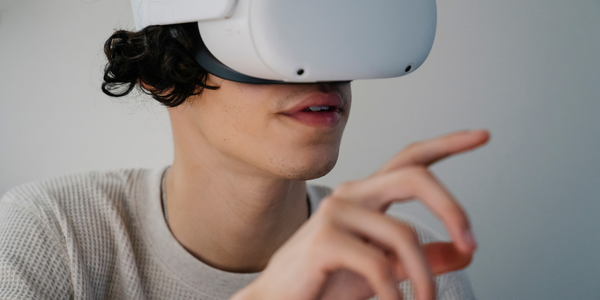
What is Virtual Reality?
Virtual reality (VR) is a technology that creates a simulated experience for its users, allowing them to interact with a computer-generated environment as if it were real. It typically involves using a headset that covers the eyes and ears, and provides a 360-degree view of a virtual world. The headset tracks the user's head movements and adjusts the view accordingly, making it feel as if they are actually inside the virtual environment. The user can also interact with objects within the virtual world using handheld controllers or other input devices. The goal of VR is to provide a fully immersive experience that tricks the mind into thinking it is in another place.
How is VR Used in Therapy?
Virtual reality (VR) is increasingly being used in therapy to treat a wide range of mental health conditions. Here are a few ways virtual reality is used in therapy:
- Exposure therapy: Exposure therapy is a type of therapy used to treat anxiety and phobias. It involves gradually exposing the patient to their fear in a controlled environment until their anxiety decreases. Virtual reality is used to create simulated environments that patients can be exposed to, such as heights, flying, or spiders.
- PTSD treatment: Virtual reality is also used to treat PTSD (Post Traumatic Stress Disorder). Virtual reality can recreate traumatic events that the patient has experienced in a safe and controlled environment, allowing the patient to confront their fears and memories.
- Pain management: Virtual reality can be used to distract patients from pain by immersing them in a different environment. For example, patients can be transported to a virtual beach or park, which can help reduce their experience of pain.
- Social skills training: Virtual reality can be used to simulate social situations and teach social skills. For example, patients with autism can practice social interactions in a safe and controlled environment.
- Cognitive therapy: Virtual reality can also be used to help patients practice cognitive skills such as problem-solving, decision-making, and memory. Patients can be immersed in a virtual environment where they must use these skills to complete tasks.
Overall, virtual reality is a powerful tool in therapy that can provide a safe and controlled environment for patients to confront their fears, manage pain, practice social skills, and improve cognitive abilities.


